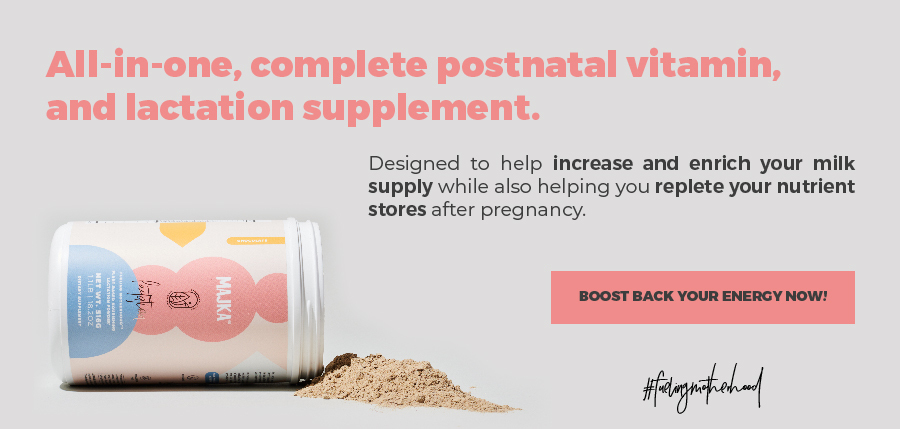
In Breastfeeding 101, we understand that having a baby is an amazing thing but is also a challenge. When your baby has a special need you may want to have all the information necessary to keep your baby happy and healthy.
In this article, we want to tell you all you need to know about feeding your baby with cleft lip and palate so you can enjoy the feeding-your-baby journey as much as possible.
Cleft lip and palate
A cleft is a gap or split in the upper lip and/or roof of the mouth (palate).
Cleft lip and palate are congenital anomalies that affect the mouth of your baby, they can occur isolated or together in various combinations and/or along with other congenital deformities particularly congenital heart diseases. They happen when the structures from the upper lip or palate don’t join together while your baby is developing in your womb.
There isn’t an exact reason for why this happens; sometimes it is associated with inherits or to smoking, drinking alcohol, lack of folic acid or obesity during pregnancy.
Treatment
It’s important to treat the cleft lip and palate at the right time and at the right age to achieve the greatest results. Your baby may also need to have coordinated care provided by a number of different specialties.
The main treatments for cleft lip and palate are:
- Surgery: when diagnost, your baby can have surgery at 3 to 6 months for cleft lip and at 6 to 12 months for cleft palate. In some cases, additional surgery may be needed at a later stage.
- Speech and language therapy: as a way to monitor your child’s speech and language development throughout childhood and help with any problem regarding this matter.
- Good dental hygiene and an orthodontic treatment depending on the case.
Breastfeeding with Cleft lip and palate
If your baby has a cleft palate, there may be some trouble during breastfeeding because of the gap in the roof of the mouth. Your baby may struggle to form a seal with the mouth which makes a lot of air come in and your breast milk may come out of your baby’s nose.
A cleft lip and palate specialist should help you find the right position for you and for your baby.They may tell you to express your breast milk into a flexible bottle design for this case.
*Studies have shown that Breastfeeding is the healthiest option available. We understand that this is not the best option for everybody and you will do what’s best for you and for your baby, but if you choose it, just be patient and you will get there.
Recommendations for breastfeeding with cleft lip and palate:
Cleft lip:
- You can hold your baby so that the cleft lip is oriented toward the top of your breast (depending on your baby’s case, the cleft lip may be on one side or another).
- You can use a finger to help to make a closure around the nipple so your breast milk doesn’t come out of your baby’s mouth while feeding.
- If your baby has a bilateral cleft lip a face on straddle position may be the most effective.
Cleft palate:
- The position while breastfeeding should be semi-upright to reduce reflux of breastmilk.
- Put your breast toward the side of the palate that has the most intact bone to facilitate better compression.
- Support your baby’s chin to stabilize the jaw during sucking.
- If the cleft is large, your breast should be tipped downward so your nipple is not pushed to the cleft.
- You could manually express your breast milk into your baby’s mouth to compensate for suction and to stimulate the let-down reflex.
Formula feeding with Cleft lift and palate
There are special bottles for cleft lip and palate that are ideal if you are feeding your baby with formula or expressed breastmilk; besides this, it it’s recommended that when you start the feeding you hold your baby in a slightly upright position.
If your baby has cleft lip and palate, or cleft palate only, there will be an opening in the roof of the mouth (between the mouth and nose) that makes the suction and the latching difficult; your baby may take some air and lose energy during this process, so helping your baby to get the right amount of milk without taking too much air or energy is important.
The great news is that there are specialized cleft palate bottles that will help you make this a lot easier such as:
– Dr. Brown’s Specialty Feeding System®
– Mead Johnson Cleft Palate Nurser
– Medela SpecialNeeds® Feeder
Another recommendation for feeding with a bottle is to put your baby in an upright, sitting position to prevent the formula from flowing back and to keep the bottle in a leaning position so the nipple is always filled with milk and pointed down away from the cleft.
It’s important to know that while feeding, it is normal if some milk escapes through the nose. Just hold your baby in a more upright position so there isn’t a lot of milk coming through the nose and your baby´s gets enough. Also, your baby may need to burp more often because with cleft lip and palate more air tends to come in while feeding.
Before surgery: in some cases, it could be necessary to feed your baby through a tube placed in the nose until surgery. This would be your doctor´s call depending on the situation.
Always keep in mind that with cleft lip and/or palate your baby may use more energy during feedings whether if you are breastfeeding or using formula, so if your baby is taking more than 30 minutes to be fed, this could be exhausting and a cause of weight loss because of the calories used.
In Breastfeeding 101 we hope this information helps you to feed your baby with more confidence. We also invite you to keep in touch with all our content so you can learn more about everything regarding having a baby.
We strongly recommend keeping your doctor close and be aware of what the best option is regarding your case. If you want to deep in more in the subject of feeding you baby with cleft lip and palate, here are some other sources that you can check:
- ABM Clinical Protocol #18: Guidelines for Breastfeeding Infants with Cleft Lip, Cleft Palate, or Cleft Lip and Palate, Revised 2013 I National Library of Medicine
- Awareness of feeding, growth and development among mothers of infants with cleft lip and/or palate I National Library of Medicine
- Breastfeeding a Baby with a Cleft Palate: A Case Report I Journal of Human Lactation
- Cleft of lip and palate: A review I National Library of Medicine
- Cleft Feeding Instructions I Seattle Children’s
- Feeding a Child with a Cleft Lip or Cleft Palate I Golisano Children’s Hospital
- Feeding Infants with Cleft Lip and/or Palate I JOGNN
- The impact of having a baby with cleft lip and palate on parents and on parent-baby relationship: the first French prospective multicentre study I BMC Pediatrics
- The management of children born with cleft lip and palate I Hong Kong Medical Journey
- Treatment Cleft Lip and Palate I NHS
- Overview Cleft lip and palate I NHS
Annie Rueb






